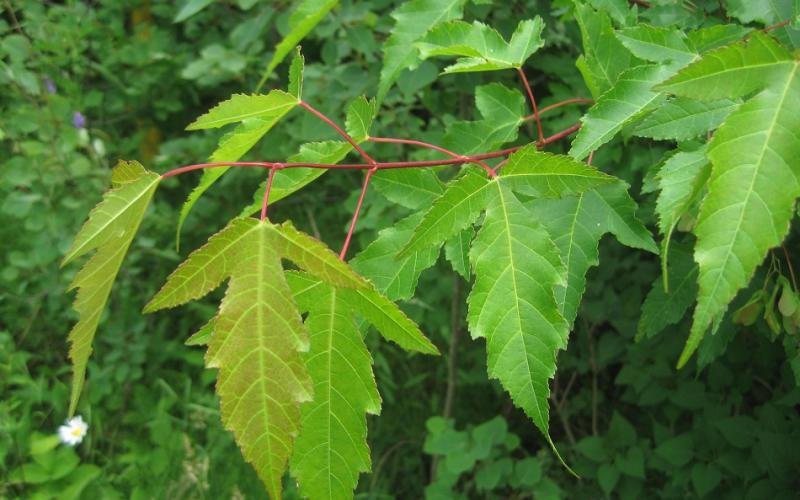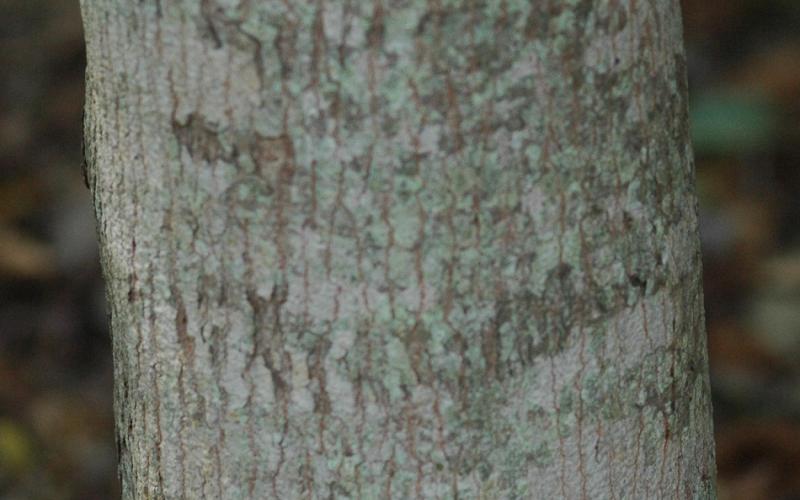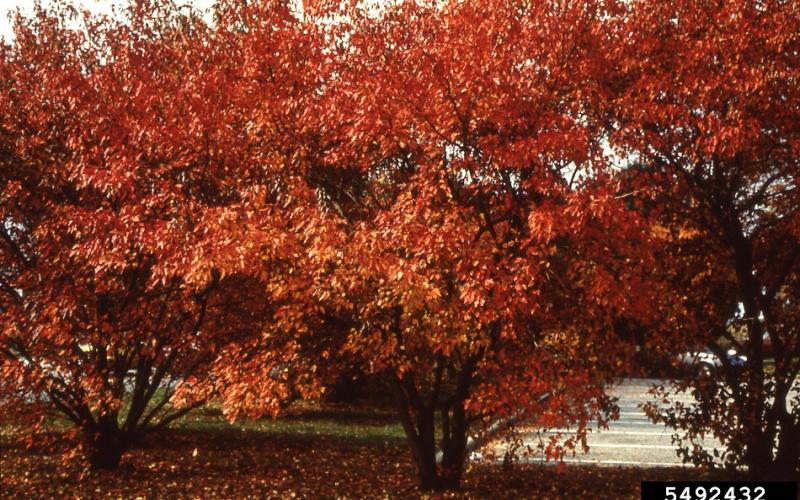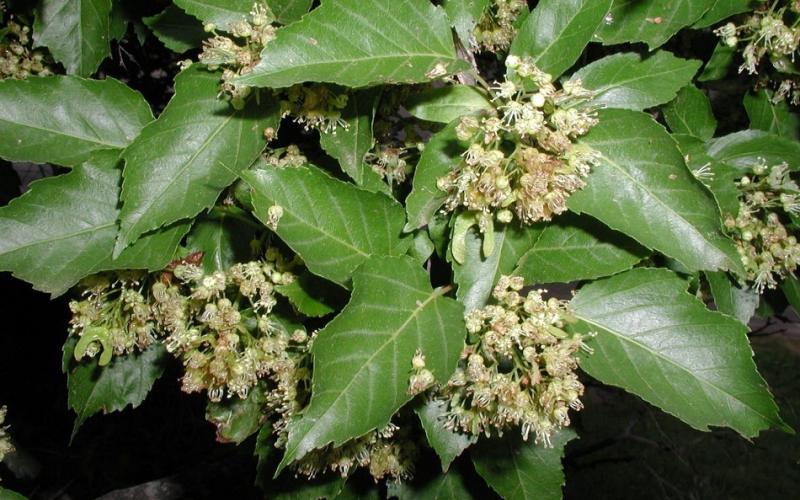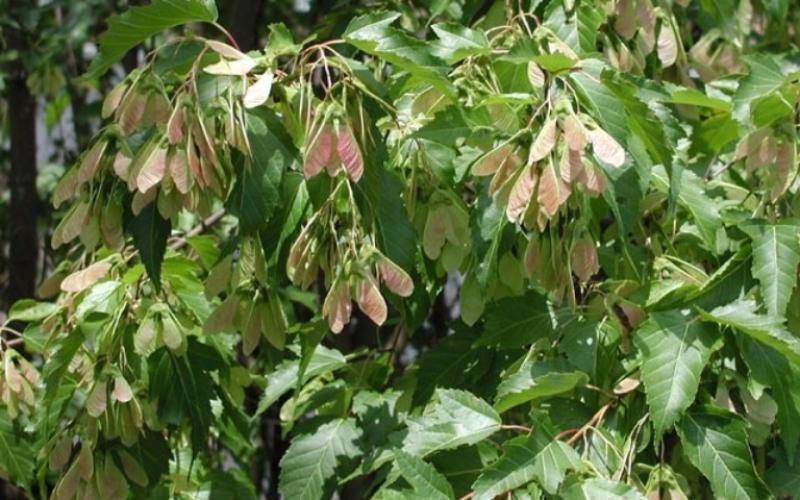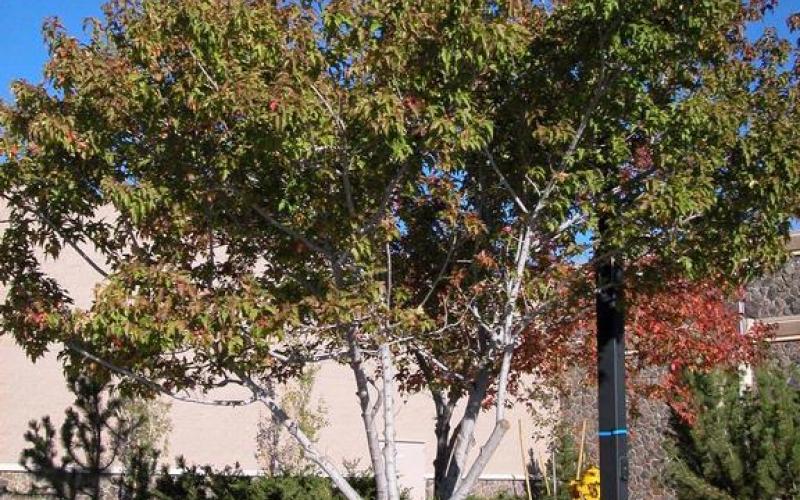Common Name: Amur Maple
Scientific Name: Acer ginnala Maxim., syn. Acer tataricum subsp. ginnala
Legal Status
Any person, corporation, business or other retail entity distributing Amur maple or its cultivars for sale within the state, must have information directly affixed to the plant or container packaging that it is being sold with, stating the following: “Amur maple should only be planted in areas where the seedlings will be controlled or eradicated by mowing or other means. Amur maple should not be planted closer than 100 yards from natural areas.”
Background
Amur maple a native of central and northern China, Manchuria and Japan. It was introduced to North America in the 1860s. In the U.S., it is present and invasive throughout the Northeast and Midwest states. It has been widely sold and planted in Minnesota as an ornamental landscape tree, as a windbreak, and in hedges or screen plantings.
Description
- Amur maple is a deciduous large shrub or small tree that grows to 20 feet, with brilliant red fall color. May grow in either a multi-stemmed or single-trunk form.
- The leaves are opposite, 3-lobed with toothed margins, and are longer than they are wide.
- Flowers are fragrant, white, and arranged in loose clusters. Bloom time is April and May when new foliage appears.
- Fruits are red, ¾ - 1 inch long, double-winged samaras typical of maple trees. Each fruit has two seeds.
- Bark is smooth and gray on young branches and grayish-brown on older branches.
Habitat
Amur maple is found in open woodlands, forest edges, open disturbed areas, roadsides, and in ornamental landscapes. It grows in a wide range of soil types and moisture levels. It will tolerate shade, and is often planted as a small understory tree.
Means of spread and distribution
Each tree can produce 5,000 or more fruits per year. The seeds are winged samaras, mostly landing within 100 meters of the parent tree, but a small portion can be carried long distances by wind and water. Various cultivars of Amur maple are produced and sold in Minnesota, planted for their fall color and ability to thrive in a variety of soils, including disturbed urban soils.
Amur maple is reported as present in 42 counties in Minnesota, especially in the northeastern part of the state.
Amur maple has been found to produce allelopathic chemicals. It can alter habitats, invading prairies, grasslands, or open woodlands and adding a shrub layer. It will displace native shrubs and understory trees in open woods and shade out other sun-loving native species.
Impact
Amur maple can produce abundant seed, form dense monocultures, and outcompete other species. This could reduce the number of native species which would reduce the quality of the local ecosystem.
Prevention and management
- Follow the label instructions when planting Amur maple; do not plant within 100 yards of any natural areas where seedlings would not be controlled. There are a variety of native species that can be substituted for Amur maple. You can find these recommendations on the Minnesota DNR website.
- Small infestations can be controlled manually by digging and removing the root crowns. Saplings are easily pulled by hand or controlled by mowing.
- Prescribed burning can be an effective method of control on established populations. Make sure to contact the Minnesota Department of Natural Resources to learn more about control burning practices and regulations.
- Infestations can be controlled by cutting and treating the stumps with herbicide or basal bark spray treatments. For specific herbicide recommendations, check with your local University of Minnesota Extension agent, co-op, or certified landscape care expert.
